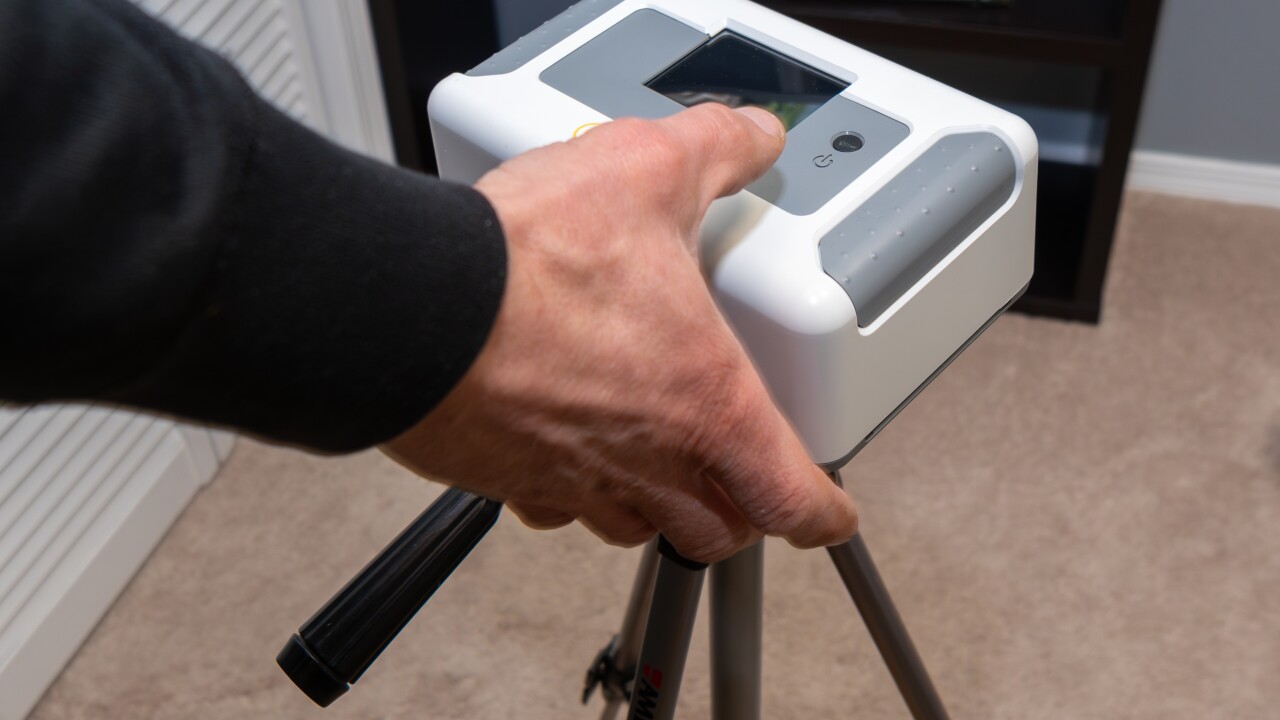As students and teachers prepare for the upcoming school year, the American Lung Association is urging administrators to have facilities tested for radon, calling it a major "hidden threat" within buildings.
The American Lung Association notes that radon is the second-leading cause of lung cancer in America and is responsible for 21,000 deaths in the U.S. The odorless, tasteless, and colorless gas can only be detected through testing.
Radon can seep into buildings through cracks in floors, walls, and foundations, according to the American Lung Association.
"Every child deserves a healthy place to learn, and every educator deserves a healthy place to work," stated Harold Wimmer, president and CEO of the American Lung Association. "Radon is a cancer-causing gas that can accumulate inside schools without anyone knowing. The good news is that testing for radon is simple and affordable—and schools can take action to address elevated levels if found."
Although some states allow individuals who aren't licensed to perform tests, the American Lung Association recommends hiring a certified professional to conduct testing.
The organization advises that testing should occur during cooler months when the HVAC system is running and when children and teachers are present, rather than on off days.
In general, schools should be tested for radon once every five years.
The Environmental Protection Agency states that lung cancer can take 5-25 years after exposure to radon to develop, and it adds that there is no evidence linking other respiratory diseases to radon exposure.
The public can purchase at-home radon test kits for as low as $20 through subsidized programs.





